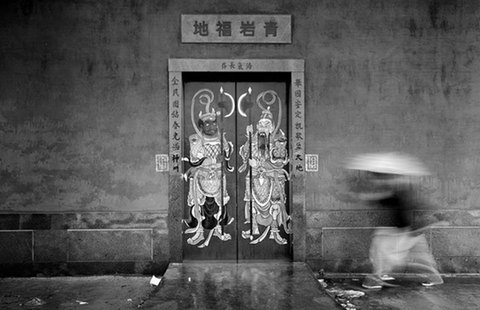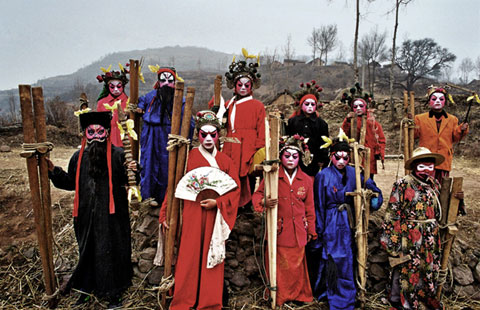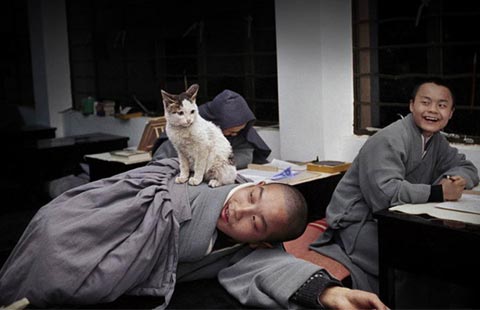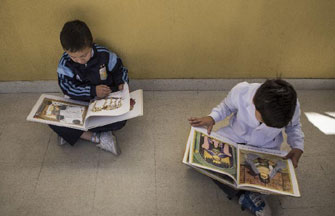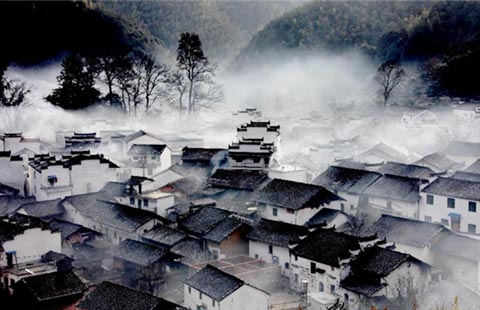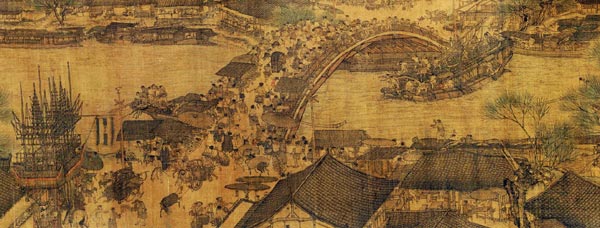 |
|
Part of the painting, Along the River During the Qingming Festival, reveals the 12th-century urban life in Bianliang, an ancient Chinese city. Photo provided to China Daily
|
For many Chinese, Qingming Festival, also known as Tomb Sweeping Day, which falls on April 5 this year, is associated with a famous painting created by Zhang Zeduan during the Northern Song Dynasty (960-1127).
The 5.28-meter-wide and 0.24-meter-high Along the River During the Qingming Festival vividly depicts life along the banks of the Bianhe River, which flows through Bianliang, the capital city of the dynasty and today's Kaifeng city in Henan province.
A recently published historical thriller, Qingming Shanghe Tu Mima (The Code of the Painting Along the River During the Qingming Festival), tells the story of a major conspiracy depicted in the seemingly peaceful scene, which leads to the fall of the Songs.
The scroll painting features more than 800 people doing various activities. Farmers are sowing seeds in the fields, people are walking in the streets, sweeping graves and eating. Children are flying kites, merchants are selling goods, workers are driving carts, officials are riding horses and women are walking with baskets in hand.
In Qingming Shanghe Tu Mima, Chengdu-based writer Ye Wenbiao gives each figure a name and a role, bringing them to life. He weaves the characters into his "big history" fiction, in which the author sets during a critical period, creating a story based on historical records.
"There is always some mystery that historians cannot explain. So I use my logic and imagination to fill in the gaps," Ye, 43, says.


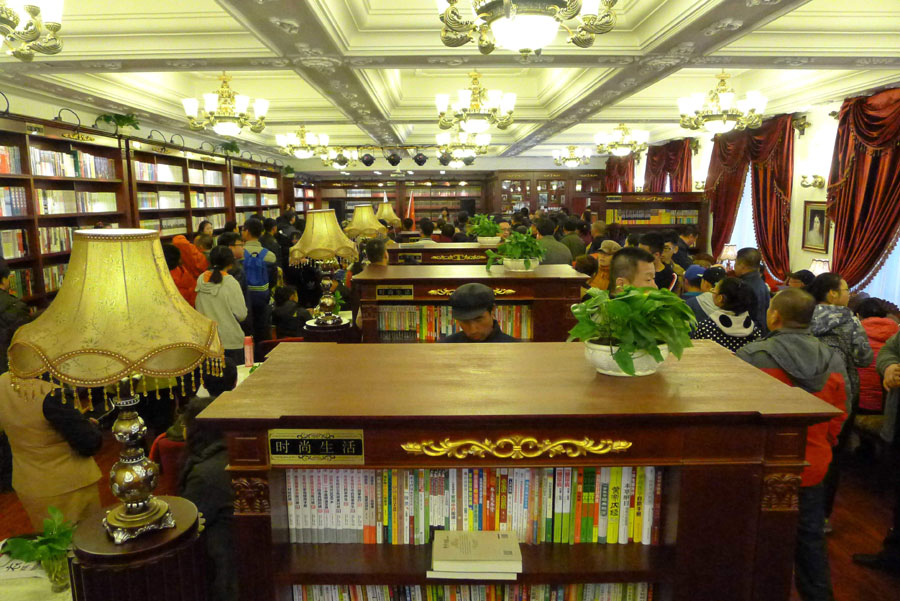
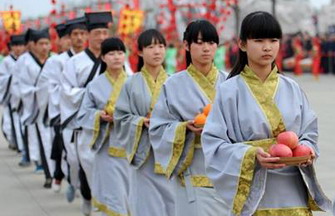
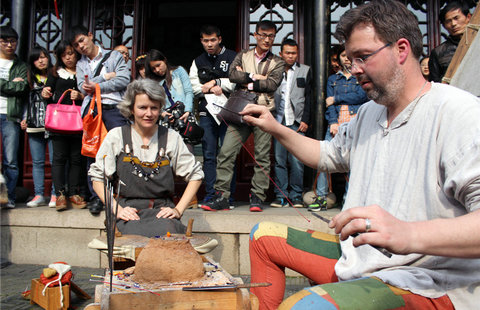
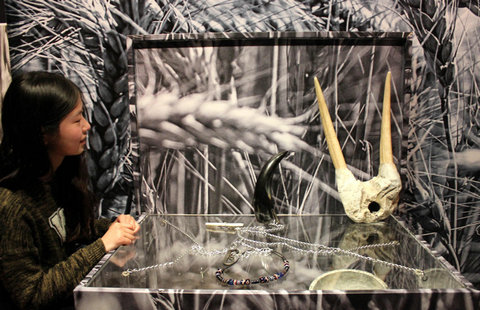
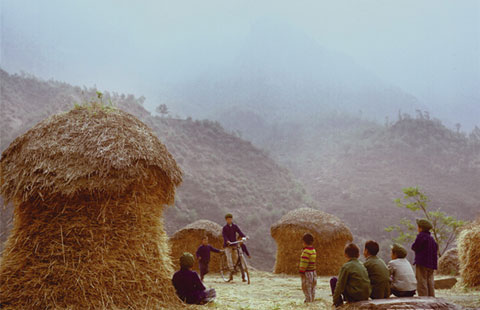

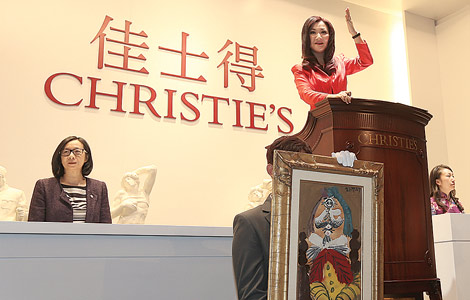









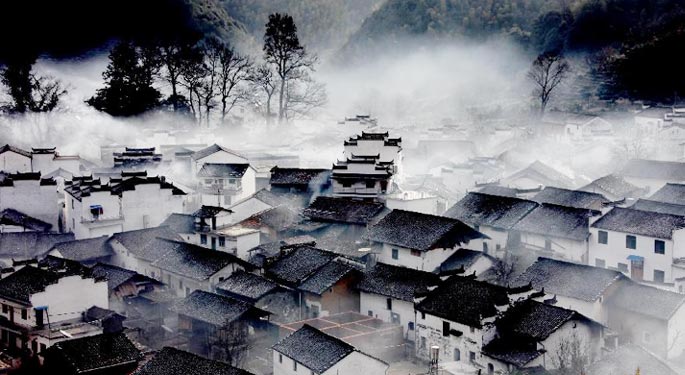




 Raymond Zhou:
Raymond Zhou: Pauline D Loh:
Pauline D Loh: Hot Pot
Hot Pot Eco China
Eco China China Dream
China Dream China Face
China Face
